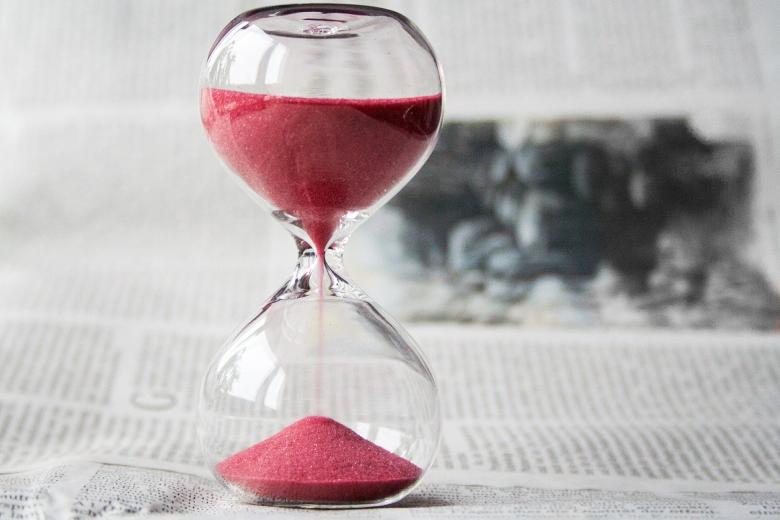Patent (f)laws and the front runners of COVID cure
The ongoing COVID-19 pandemic is arguably one of the biggest crises of modern times. The conflict between the search for a vaccine, and the artificial scarcity created by patent law, has created a catch-22 situation. How will patent law apply to a vaccine under these circumstances?
It would be an understatement to say that the development of a vaccine to a pandemic is a complicated endeavour. Not only do vaccines typically take decades to develop, they subsequently also spend years under rigorous trials to obtain regulatory approval before they can be mass-produced and made available to the public. Although a number of players have reportedly started animal-testing for their COVID antiviral vaccines, it would be an unprecedented miracle if this vaccine reached the markets anytime soon.
So at what point are we in the development of a cure, and would this be patentable?
Development of the COVID-19 Cure
Around 2010-2015, Gilead in collaboration with the US government produced the antiviral drug Remdesivir as an effort to treat the Ebola virus in West Africa. However, phase 3 testing of the drug revealed that it was not as effective in the treatment of Ebola as initially expected. With its continued testing of the drug, Gilead found that Remdesivir showed promising results in preventing Middle East Respiratory Syndrome (Mers-CoV) and Severe Acute Respiratory Syndrome (SARS) in animals. Around 2016, this finding led Gilead to apply for patent protection for the “use of Remdesivir” against coronaviruses in a number of countries, including China. Gilead’s Chinese patent application is still pending.
The drug came into limelight in February 2020, due to a publication from the Wuhan Institute of Virology in the Cell Research Journal. The publication assessed seven drugs for their effectiveness in the treatment of COVID-19 and identified Remdesivir (and also Chloroquine) as potential treatments for the viral infection. The same day, Wuhan Institute also wrote on their official website that they had applied for a patent on this use of the drug.
Patentability of the Wuhan Institute’s claimed invention
The application filed by the Wuhan Institute is directed to the use of Remdesivir for the treatment of COVID-19 and, based on the information made available on the website, it appears that the claims follow a second-medical use format (claiming the patentability of a new medical use of a known substance). Since China allows patents directed to second-medical use of a pharmaceutical compound to be granted (China’s Patent Examination Guidelines Chapter 10, Section 4.5.2), the structure of the claims in itself appears to be permissible.
As regards the novelty assessment of the claims, it is likely that the earlier patent application filed by Gilead in 2016 would be cited as a prior art for the Wuhan Institute’s patent application. However, since the scope of Gilead’s application (and expectedly claims) is broader and relates to the treatment of coronaviruses in general as opposed to the specific treatment of the COVID-19 strain as recited in Wuhan’s patent application, it is expected that the Wuhan Institute might be able to establish the novelty of their application over Gilead’s patent application.
Therefore, as long as the Wuhan Institute’s patent application is also novel over other inventions and is able to comply with the other requirements for patentability (primarily inventive step and industrial applicability), it is likely that they will be granted a patent by the Chinese Intellectual Property Office (CNIPA). Certainly, this assessment is based on limited facts available at present. A better assessment of patentability can be done after the publication of the application.
Ethical Aspects of Patenting a Vaccine
While there may be a legal basis for filing a patent application for the use of Remdesivir for COVID-19, the decision by the Wuhan Institute to do so seems ethically questionable. A similar sentiment is echoed globally as the Wuhan Institute continues to face intense criticism since the filing of their patent application for trying to obtain exclusive rights over the use of the drug in the midst of the rapidly escalating crisis. The Chinese Patent Act, however, does not include public health as a ground for rejecting an application. CNIPA would have to rely on alternate reasons, such as failure to satisfy the requirement of inventive step instead, to reject a patent. The same applies to Gilead. Both companies would, nevertheless, prefer being granted a patent, even if the Chinese Government will grant a compulsory license to also make, use and sell the vaccine. At least, they would still get some form of compensation, to which they would not be entitled without a patent.
Conclusion
It is evident that a vaccine is entitled to patent protection if it is new and involves an inventive step. Whether public health reasons should prevent such grant may have to be critically assessed in light of the current crisis.
| Written by Ramyaa Bhadauria (LL.M. IPKM Student 2019/2020) and Punam Kadam (M.Sc IPKM Student 2019/2020). More blogs on Law Blogs Maastricht |
-
Patent rights and the race to find a cure for the COVID-19 pandemic in Europe
Several pharmaceutical companies all around the world, including in the European Union (EU), have been racing to find a treatment for the virus. Since these may be subject to patent rights, government intervention may be needed.
